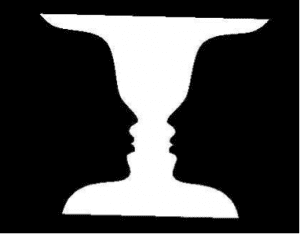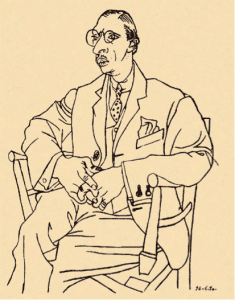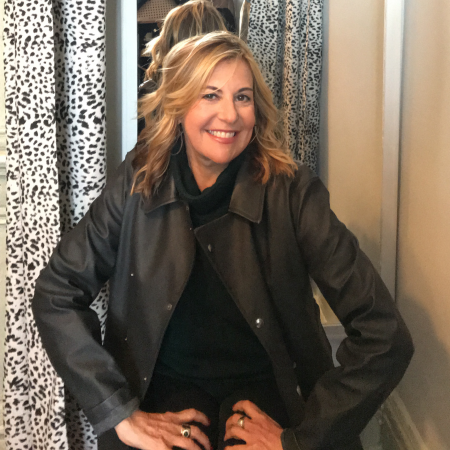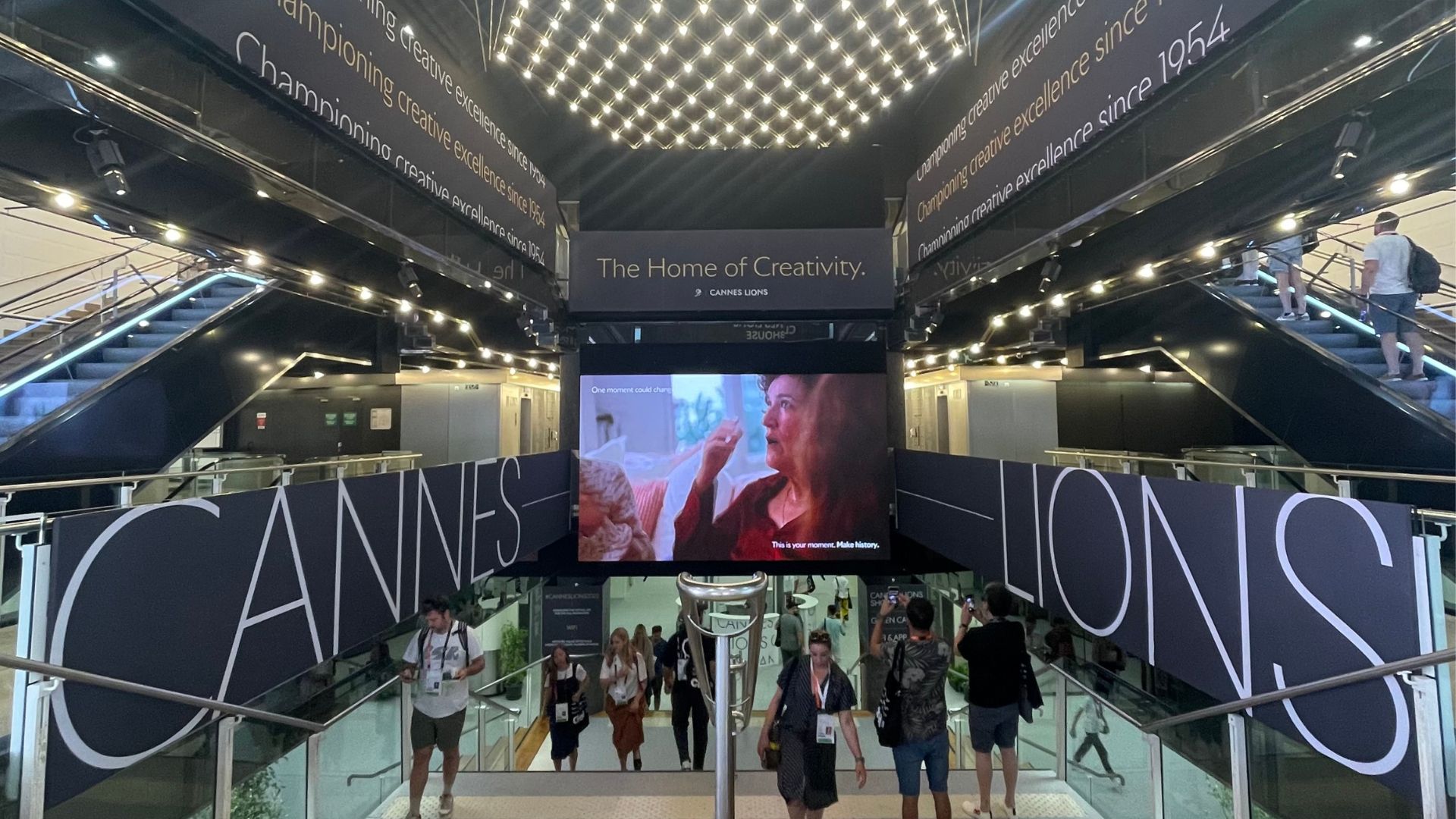This post originally appeared in Perspectives, Ketchum’s online magazine.
Wouldn’t it be nice if there were a simple switch we could flip to produce creative ideas? While creatively gifted people are wired to see possibilities and transform information into new ideas or creations, what about the rest of us? For most people, years of receiving praise and encouragement for logical, linear, language-based thinking has produced such L-mode or “left brain” dominance that we see things in only one way, thus hindering our creative thinking skills.
In fact, a view that prevailed until recently was that the right half of the brain, which controls visual, spatial and relational thinking, was somehow less evolved than the left half – a mute twin with lower-level capabilities, directed and carried along by the verbal and rational left hemisphere. It’s no wonder we freeze up when asked to be creative.
Happily, there are ways to strengthen your right mode by quieting your left mode, and often that’s as simple as drawing pictures. Drawing, it seems, is an activity that the verbal, analytic left brain finds uninteresting and tiresome. By learning and using simple drawing techniques, it becomes easier to access your right mode to facilitate creative thinking because your left brain won’t intrude. Dr. Betty Edwards, author of Drawing on the Right Side of the Brain and Drawing on the Artist Within and an expert in art and the psychology of perception, recommends a series of simple exercises to effect the “left to right brain shift” that coaxes the brain to think creatively.
“While creatively gifted people are wired to see possibilities and transform information into new ideas or creations, what about the rest of us?”
Vases and Faces
 You will be drawing the famous optical illusion image that can be perceived as either two facing profiles or one vase. This exercise produces confusion, which is the necessary mental “crunch” that occurs when shifting from left mode to right mode.
You will be drawing the famous optical illusion image that can be perceived as either two facing profiles or one vase. This exercise produces confusion, which is the necessary mental “crunch” that occurs when shifting from left mode to right mode.
Draw one of the profiles, and as you do so, name the parts of the face you are drawing (forehead, nose, chin).
After completing one of the profiles, draw its partner, but this time remain silent.
The first drawing requires you to name the parts, which engages the brain’s verbal side.
The second drawing demands shifting to the visual, spatial mode of the brain. It is the part of the brain that perceives shapes and angles.
If you completed the task, you engaged your “visual system” that’s free of rules. If you struggled, you felt the tension shifting from verbal to visual, but ultimately, you practiced changing strategy to find a unique or unusual solution. In other words, you trained your brain to think creatively. Now would be a good time to tackle a creative assignment.
Upside-Down Drawing
 You will be sketching Picasso’s line drawing of Igor Stravinsky upside-down. Because the left hemisphere of the brain can’t do this, your right mode will kick in.
You will be sketching Picasso’s line drawing of Igor Stravinsky upside-down. Because the left hemisphere of the brain can’t do this, your right mode will kick in.
Turn this complicated figure drawing on its head and copy the lines you see in any order, moving from line to adjacent line. Do not name the parts in your head. Your verbal system should shut down.
Guaranteed, you will be astonished by how well your drawing turns out, and that’s because this exercise is pure right mode. Right mode operates free of interference from its verbal partner, which is often in a “rush to judgment” or “rush to name” using words. You will feel what it’s like for the left brain to “drop out” and have the right brain take control. This is the optimal state for creative thinking.
Unfortunately, many creative brainstorms are language-based, stacking the deck against the very mode of the brain that is needed, the elusive, playful, visionary, pattern-seeking right mode. Try visual brainstorming instead. Let the facilitator lay out research and insights about the problem you are trying to solve. Without talking or thinking, draw as many images as you can in a short period of time, inspired by the stimuli in front of you. Review what you’ve drawn, looking for the ideas hidden in the pictures. Give each picture a name only after you’ve completed the exercise. In this way, by combining words and pictures relevant to the subject, you have prepared your brain to make possible connections, and may find that ideas flow more naturally.
This is good news for people yearning to be more creative. Creativity is not always innate; it’s a skill you can hone by dabbling in the visual arts. For communicators who live in a world of words, learning to combine their left-brained verbal inclination with a right-brained visual one is an exciting path for gaining new perspectives. If your job is to transform sensory data into new ideas and creations, embrace the power of the “whole brain” by giving your right hemisphere a chance. Even if you don’t practice Edwards’s famous drawing exercises, thinking more visually is a start.
Settle down left brain. Give that right brain a chance to create.



